Yes, you can see the Milky Way
From the Blog
- Exploring the Massive Black Hole at the Center of the Milky Way
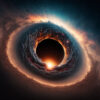
Have you ever looked up at the night sky and wondered what lies at the center of our galaxy? The answer may surprise you - it's a black hole.
- California Milky Way

If you travel or live in California and you have not studied the night sky it can be overwhelming to know when is the right time to get out and see the Milky Way Galaxy with the naked eye.
- Places to see the Milky Way Galaxy

The elusive Milky Way Galaxy is one of the most interesting naked eye sights in the night sky. But its not always best seen, there might be a lot of light pollution in the area you live and the timing needs to be right.
- What galaxies can you see with the naked eye?
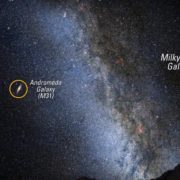
There a few of them...more exactly are about 51 galaxies in the Local Group. Let's start with the most known, the Andromeda (M31) Galaxy.
- Photographing the Milky Way During a Full Moon: Is It Possible?
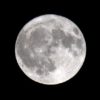
Dreaming of capturing that breathtaking Milky Way shot, but the full moon is crashing your stargazing party? Don't give up just yet!
- Introducing Our AI Chatbots for Milky Way Exploration

We’re excited to introduce three new AI chatbots to our website. Whether you're a stargazer, a photographer, or simply curious, you’ll find them helpful.
- Seven-Planet Alignment Dazzles the Night Sky on February 28, 2025
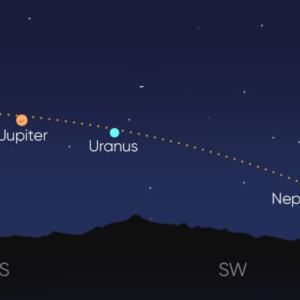
Skywatchers worldwide will have the opportunity to witness an awe-inspiring event in which seven of our solar system’s planets appear to line up in a striking arc across the twilight sky.
- Apophis Asteroid: A Spectacular Close Approach in 2029

The world will witness a rare astronomical event as asteroid 99942 Apophis makes an exceptionally close pass by Earth.
- The 2024 Total Solar Eclipse and the Milky Way Galaxy
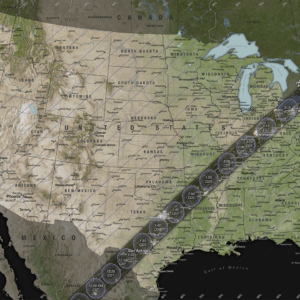
The Earth is gearing up for another spectacular cosmic event! Set your calendars for April 8th, 2024, as a total solar eclipse is poised to dazzle observers across North America.
- RW Cephei, Among the Biggest Stars in the Milky Way, Faces its Final Act in a Colossal Eruption
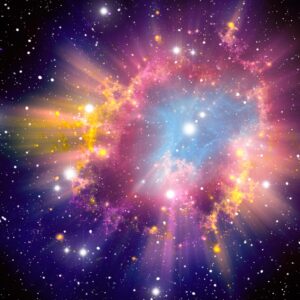
RW Cephei, discover the cosmic spectacle of a colossal star in the Milky Way, currently undergoing a transformative phase.
 back
back